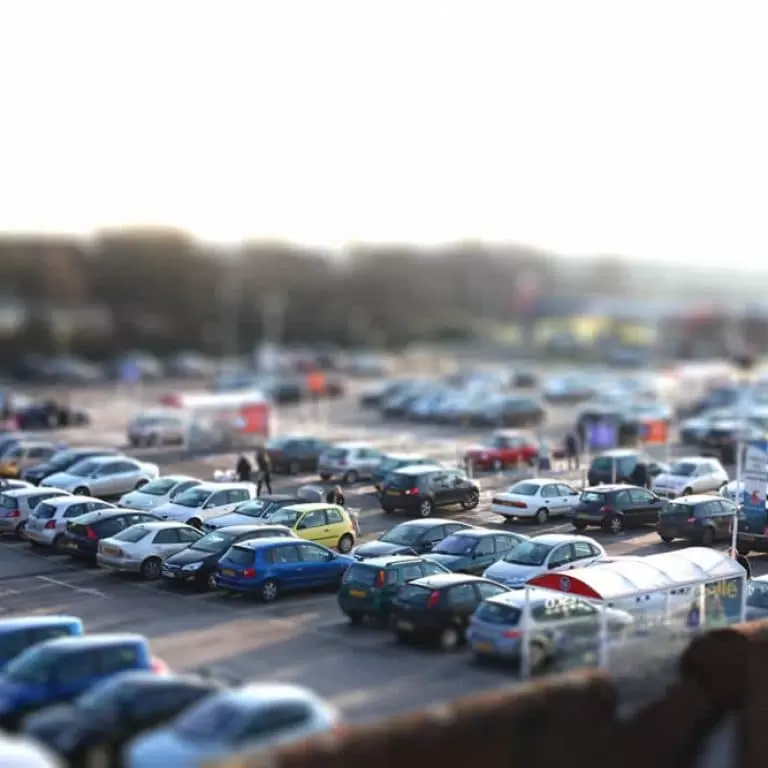
News Additional elements to make a quality time-lapse
Traditionally, time-lapse videos are very formulaic.
A high-quality camera (usually a DSLR) is left pointing at a particular event or project and captures images at set intervals across a certain amount of time.
Professionally installed camera systems do not tend to need any sort of maintenance or movement, so once it is in place it stays in place. Companies have developed tried-and-tested fixing solutions, camera housings and control methods to ensure that problems are reduced to an absolute minimum – and that the majority of those can be fixed remotely.
However, as time-lapse continues to grow in popularity, both professional companies, individuals and hobbyists have started to introduce new elements to enhance the narrative that is being created. This tends to occur over shorter time periods and is captured using a method commonly known as “rapid interval”.
Time-lapse videos are particularly popular in the construction and demolition industries, where long-term projects and activities can be cut-down into ‘bite-size’ videos (minutes in length, rather than hours, days or even years!) 15 minute intervals are a popular amount of time for pictures to be taken at.
That results in developments that are simply impossible to see with the naked eye suddenly reveal themselves, as skyscrapers appear to grow from the ground or derelict buildings tumble to floor in seconds.
Rapid-interval capture tends to happen over a much shorter time-period, with images being taken seconds apart rather than images. This is particular useful when recording flowers blooming or commuters filing down a city street.
And as the images are taken so quickly, it allows for a number of effects to be added that enhance the final video. This blog explores three those techniques, with some exciting examples pulled from across the Internet.
Tilt-shift
One of the most popular techniques to add to rapid-interval time-lapse, tilt-shift is often used to make people or buildings look small – almost model village-like.
Using two particular movements (as previously discussed) or by adding a little post-production magic, the desired effect can be achieved. Why does everything look so small? The ‘look’ created by tilt-shift is very similar to that encountered when taking a close-up, so when applied to longer shorts it creates a miniaturised effect.
Tracking
Perhaps better known as the result of a camera on wheels, tracking shots have made their way into time-lapse videos. Whilst not good to use on long-term projects (the final footage would appear juddery) or for projects with large periods of inactivity (resulting in even larger jumps), it works effectively for rapid-interval capture.
Using a motorised slider the camera moves from one side to the other very slowly, capturing an image after every movement. When post-produced into a video, it appears as a traditional tracking shot would. But the time-lapse reveals things not visible to the human eye.
Layer-lapse
In October 2014, Julian Tryba – an American photographer – caused a bit of a stir in the world of photography. He released a video through Vimeo called “Boston Layer-Lapse” – and within hours it had gained over 100,000 views. Within a few days this turned to almost one million views. It was also chosen as a “Staff Pick” on the video sharing website. So what was the big deal?
Whereas time-lapse appears to speed-up time, layer-lapse blends it. Night and day appear to occur at the same time. Puddles in the night-time reflect the sun and streetlights show vehicles the way as skyscrapers reflect sunlight.
Still a relatively new concept, layer-lapse is an interesting technique that is particularly useful for bringing urban scenes to life.